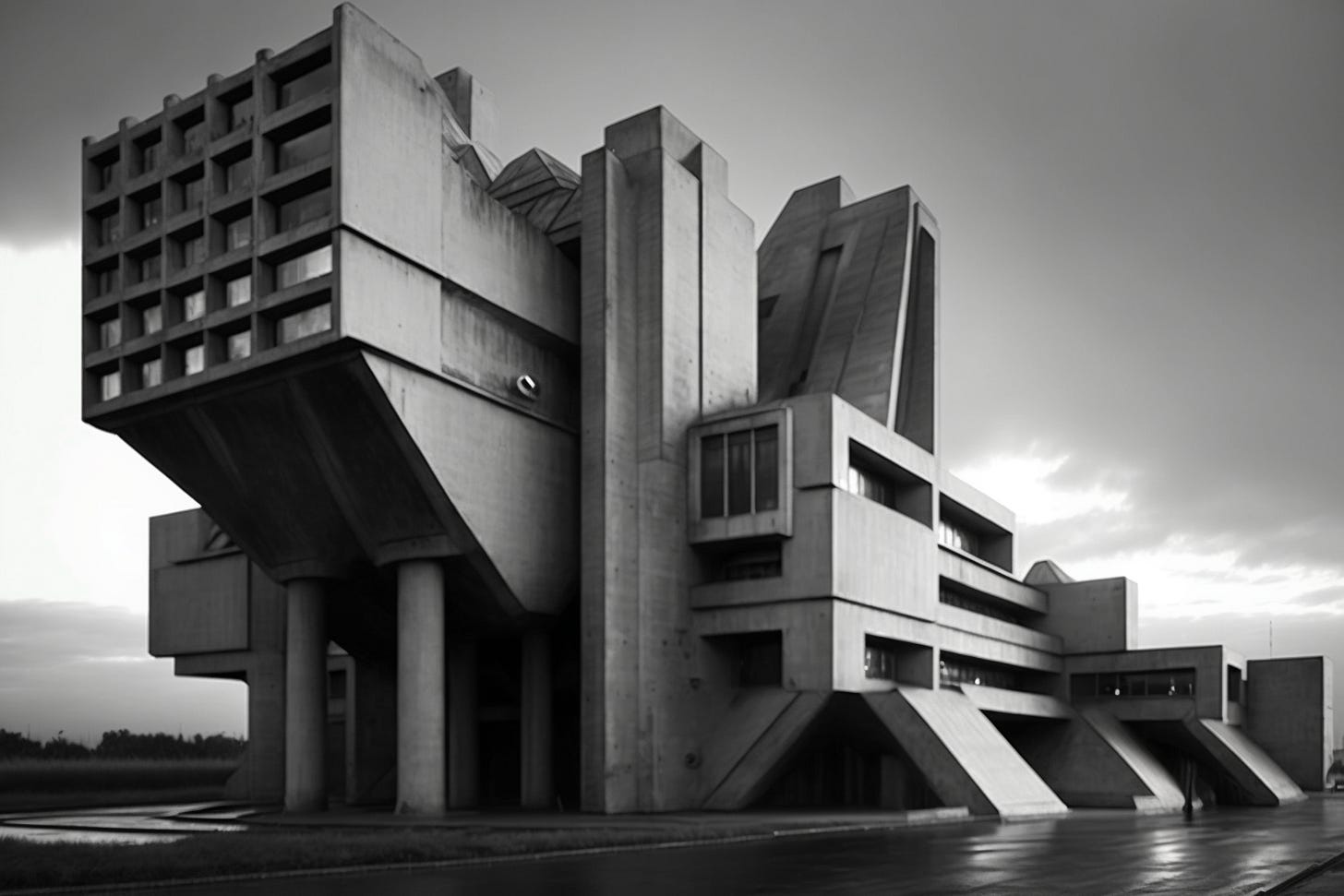What is brutalist architecture
Exploring the Bold and Controversial Style of Brutalist Architecture
Brutalist architecture is a movement in design that emerged in the 1950s. It was characterized by its use of simple forms, honest materials, and an absence of ornamentation. The style became popular for government buildings and housing projects because it was seen as efficient and cost-effective. However, brutalism fell out of favor in the 1970s and 80s due to its perceived coldness and lack of warmth. In recent years there has been a renewed interest in brutalist architecture, with some calling it "the new modern."
Where did brutalist architecture originate?
In the 1950s, a new architectural style emerged that would come to be known as brutalism. This type of architecture is characterized by its use of raw concrete and other unfinished materials, giving it a rugged appearance. While brutalist buildings can be found all over the world, they are most commonly associated with Europe, where many of the early examples were built.
The term "brutalism" was first coined in 1953 by British architect Alison Smithson, who used it to describe Le Corbusier's recently completed Unité d'Habitation in Marseille, France. The building was designed as housing for low-income residents and featured exposed concrete walls and an austere layout. It was widely criticized at the time for its harsh appearance but has since become one of the most iconic examples of brutalist architecture.
While Le Corbusier's work undoubtedly influenced subsequent architects working in this style, brutalism truly came into its own in the 1960s and 1970s when numerous large-scale projects were undertaken across Europe using this methodology. Some notable examples include Den Haag Centraal railway station in The Hague (Netherlands), Trellick Tower in London (United Kingdom), and Ponte City Towersin Johannesburg (South Africa).
Brutalist architecture fell out of favor in the 1970s and 80s due largely to its association with totalitarian regimes such as those behind Soviet Union bloc countries; however, there has been a recent resurgence of interest in this unique form from both historians and contemporary architects alike.
Who are some famous brutalist architects?
There are many famous architects who have designed brutalist architecture, but the most well-known is probably Le Corbusier. Other notable architects who have used this style include Paul Rudolph, Marcel Breuer, and Alison and Peter Smithson.
What are some famous buildings designed in a brutalist architectural style?
There are many well-known buildings that have been designed in the brutalist architecture style. Some of these famous structures include the Boston City Hall, the National Assembly Building in Dhaka, and the Pruitt–Igoe housing project in St. Louis. Each of these buildings has a unique story and history behind its design, but they all share a common characteristic: their massive size and use of raw concrete - giving them a stark, imposing appearance.
While some people love this type of architecture for its boldness and uniqueness, others find it cold and uninviting. No matter what your opinion is on brutalism, there's no denying that these buildings make a powerful statement.




